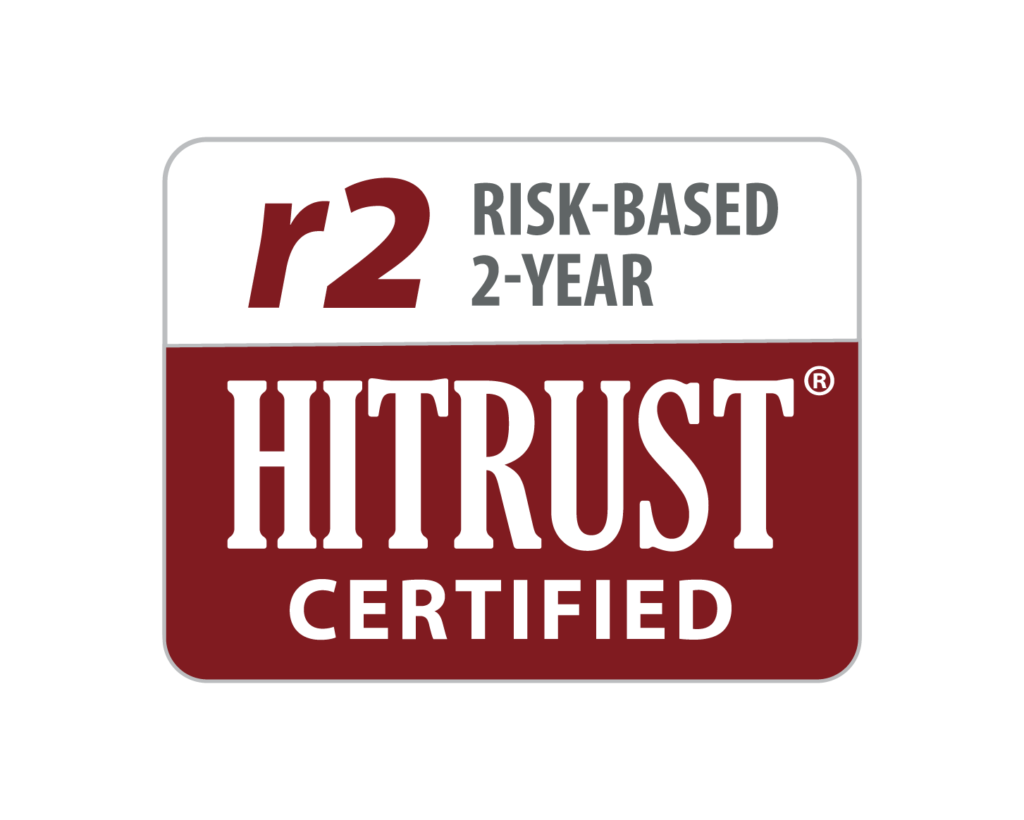It’s East vs. West in Healthcare Tech
NAPA, Calif. — When it comes to healthcare tech, are you East Coast or West Coast? Here’s a quick test to find out.
Let’s say you’ve invented a revolutionary wearable for diabetics. It measures glucose levels through the skin, so patients don’t ever draw blood. And it sends continuous readings to patients’ smartphones, enabling much finer blood-sugar control.
You’ve got a winner. What now?
Are you feeling a rush of urgency to get to market? Ready to damn the torpedoes? Then your health-tech geography is decidedly West Coast. If, on the other hand, you’re thinking about how to securely feed the information into patients’ health records, design clinical trials and book meetings at the Food and Drug Administration, then you’re an East Coast health techie.
Of course, the philosophical differences are borne more out of professional background than location. There’s plenty of each mentality on both sides of the Mississippi. That said, innovators grounded in healthcare, who better understand how doctors, nurses and other caregivers work, are more commonly associated with the East Coast. They better understand the arduous process of testing a new app or smartphone device and taking it through the regulatory process.
And tech-first companies, which typically bloom in West-Coast locales like Silicon Valley, Seattle and San Diego, tend to be driven more by, well, technology.
“The healthcare industry needs to drive better health, better cost and better population management,” said Dr. Michael Weiner, IBM’s chief medical information officer. “And the tech side brings the technology that makes it all possible. It’s a match made in heaven.”
To be sure, companies that effectively mesh the two orientations have a far better chance for success. Some point to Silicon Valley start-ups 23andme, which has a mail-in DNA-testing service, and Theranos, which offers a quick, low-cost, blood-testing alternative, as examples of what can happen when one discipline overpowers the other. Both companies have suffered well-publicized setbacks dealt by the FDA.
“The Silicon Valley crowd tends to think that the traditional way takes way too long and is too expensive,” said Steve Whalley, chief strategy officer of the MEMS Industry Group, a sensor trade association. MIG is holding its annual MEMS Executive Congress this week in Napa, Calif., and innovations for healthcare promise to be prominent. “That can cut both ways.”
Steve Lieber, CEO of the Health Information and Management Systems Society, agreed. As it happens, Lieber’s organization is holding its mHealth Summit next week on the East Coast, near Washington, D.C.
“Coming at it from the tech side, you are both helped and hindered by what you don’t know,” Lieber said. “Whereas on the healthcare-first side, they know what the barriers are. Ultimately, the ones that put it together should probably be the best.”
That’s easier said than done, because the different approaches can add tension to the process.
The tension isn’t anything so volatile as the hip-hop rivalries of the 1990s. It’s more akin to the friction that developed in the NFL during the ‘80s, when the quick timing passes of the West Coast offense chafed East Coast traditionalists, who believed in grinding the ball downfield with big, bruising running backs.
“Sometimes it’s not as comfortable as you think, straddling a barbed-wire fence like that,” quipped Chris Bowen, chief privacy and security officer at ClearDATA, a Tempe, Ariz., company that provides secure cloud services for healthcare.
“We came in with humility, recruited a 30-person health advisory council, and hired from people with healthcare experience,” said Rick Valencia, GM of Qualcomm Life, a Qualcomm subsidiary that enables connected healthcare. “Even so, we’ve had our expectations proven wrong about how we could make a difference and how soon we could make a difference.”
Valencia says Qualcomm Life also maintains balance through acquisitions. He points to Capsule, a company Qualcomm Life bought in September. Capsule, which has a long track record in healthcare, “is a disruptive force,” Valencia said. “But it’s disrupting from within.”
LifeMap Solutions, which makes smartphone apps to help chronic-disease patients manage their condition, starts with a bi-coastal headquarters located in both San Jose, Calif., and New York City. The latter is located on-site at Mt. Sinai, the start-up’s development partner.
LifeMap CEO Corey Bridges says the company also co-locates tech teams with medical researchers, clinicians and physicians at Mt. Sinai. That creates a “tight feedback loop,” he says.
Deidre Keeves, director of health IT adoption and engagement at UCLA Health, is on the West Coast. But she doesn’t consider herself tech-first. Nor does she consider herself healthcare-first.
“I would say we’re more patient-first,” said Keeves, who will be presenting at the mHealth Summit next week on mobile health in a session I’ll be moderating. “We’re helping them drive their healthcare and their health.”
Although Dr. Matt Patterson, President of AirStrip, which develops mobile collaboration tools for caregivers, is a trained physician, the La Jolla, Calif., resident considers himself more of a West-Coast guy. But he’s quick to distinguish that from Silicon Valley.
He thinks the greater San Diego area should be called Mission Valley “because it’s very ‘mission-oriented’ toward healthcare. It’s different than in Silicon Valley, where the mentality is more like, ‘how can healthcare react to what we’ve come up with?’”
Maybe the Mission Valley moniker will stick. Certainly, there’s precedent. Remember the NFL’s West Coast offense? It was popularized by San Francisco 49ers Coach Bill Walsh. But the San Diego Chargers and Coach Don Coryell didn’t follow. They had their own pass-first brand of West Coast ball. It was called Air Coryell.
Written by Mike Feibus, Special for USA TODAY


